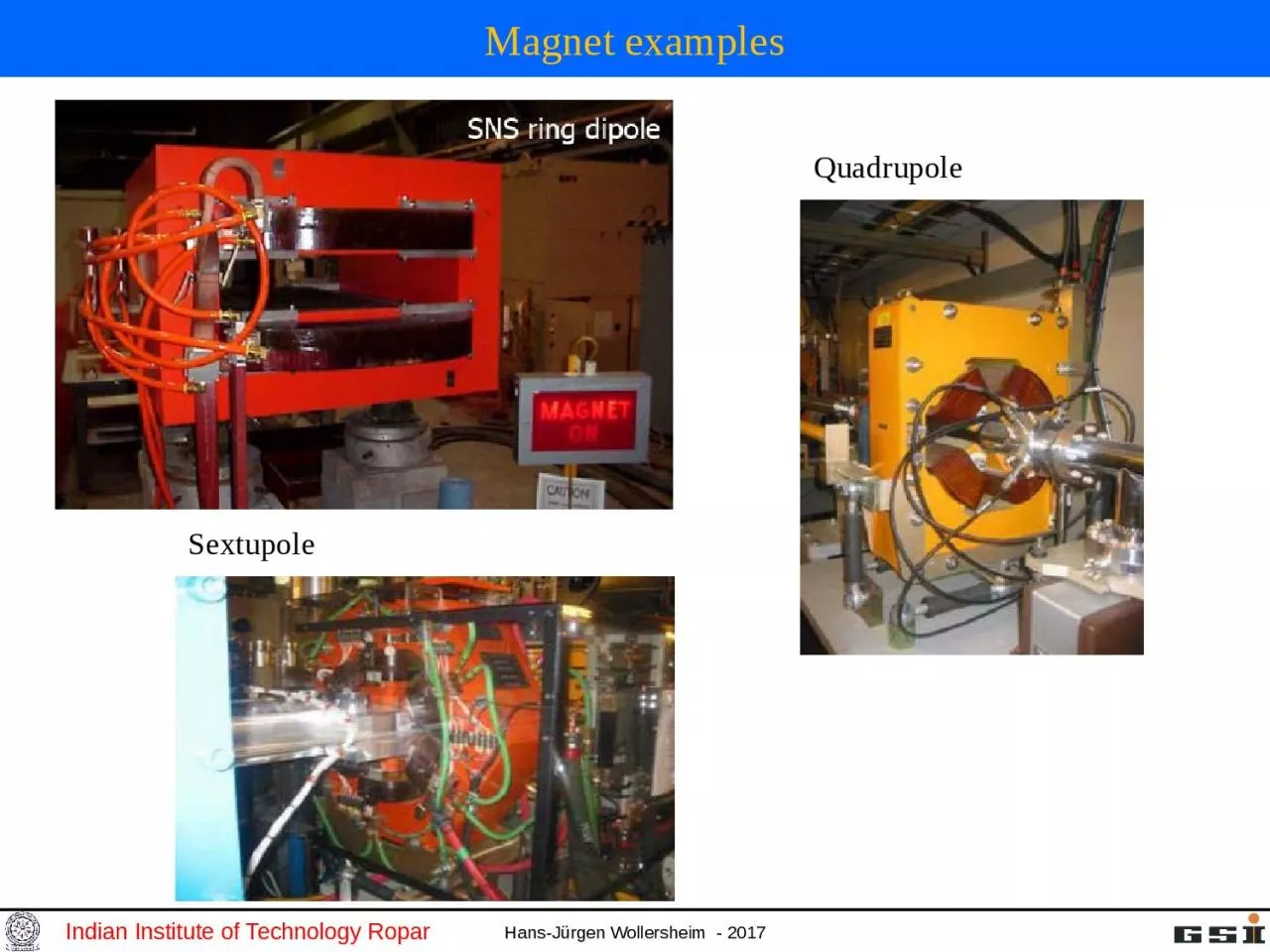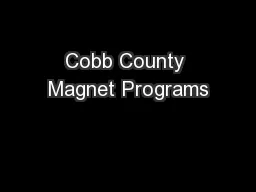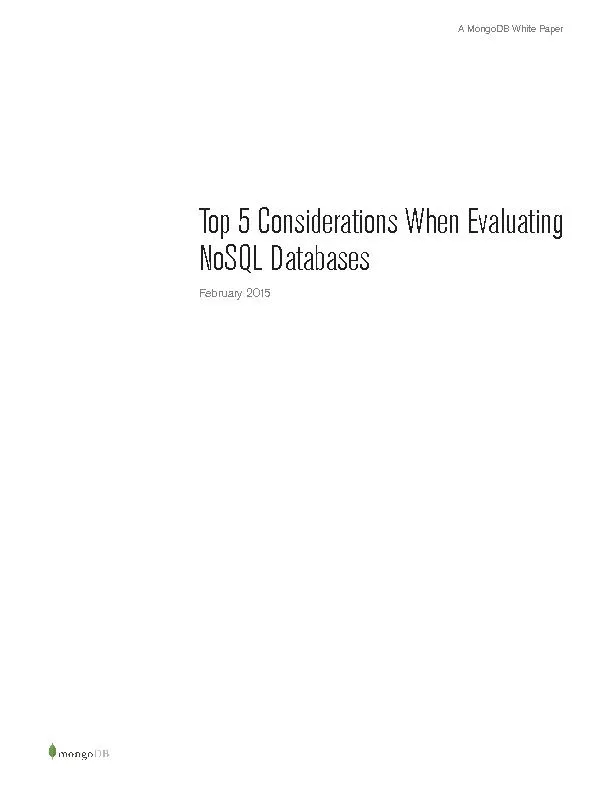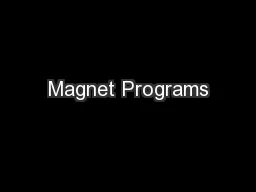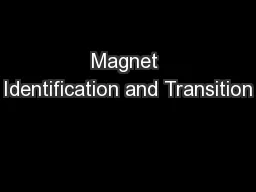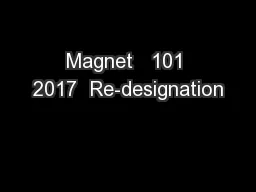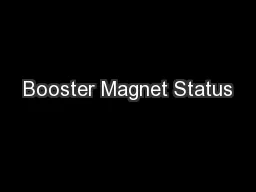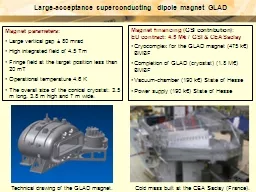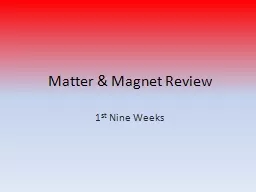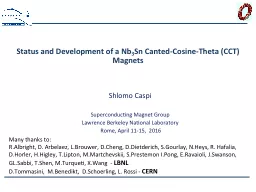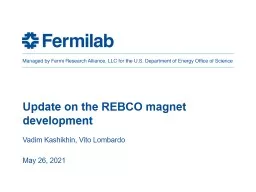PPT-Magnet examples Sextupole
Author : paige | Published Date : 2023-11-11
Quadrupole Dipole magnets A dipole magnet gives a constant Bfield The field lines in a magnet run from North to South The field shown at right is positive in the
Presentation Embed Code
Download Presentation
Download Presentation The PPT/PDF document "Magnet examples Sextupole" is the property of its rightful owner. Permission is granted to download and print the materials on this website for personal, non-commercial use only, and to display it on your personal computer provided you do not modify the materials and that you retain all copyright notices contained in the materials. By downloading content from our website, you accept the terms of this agreement.
Magnet examples Sextupole: Transcript
Download Rules Of Document
"Magnet examples Sextupole"The content belongs to its owner. You may download and print it for personal use, without modification, and keep all copyright notices. By downloading, you agree to these terms.
Related Documents

